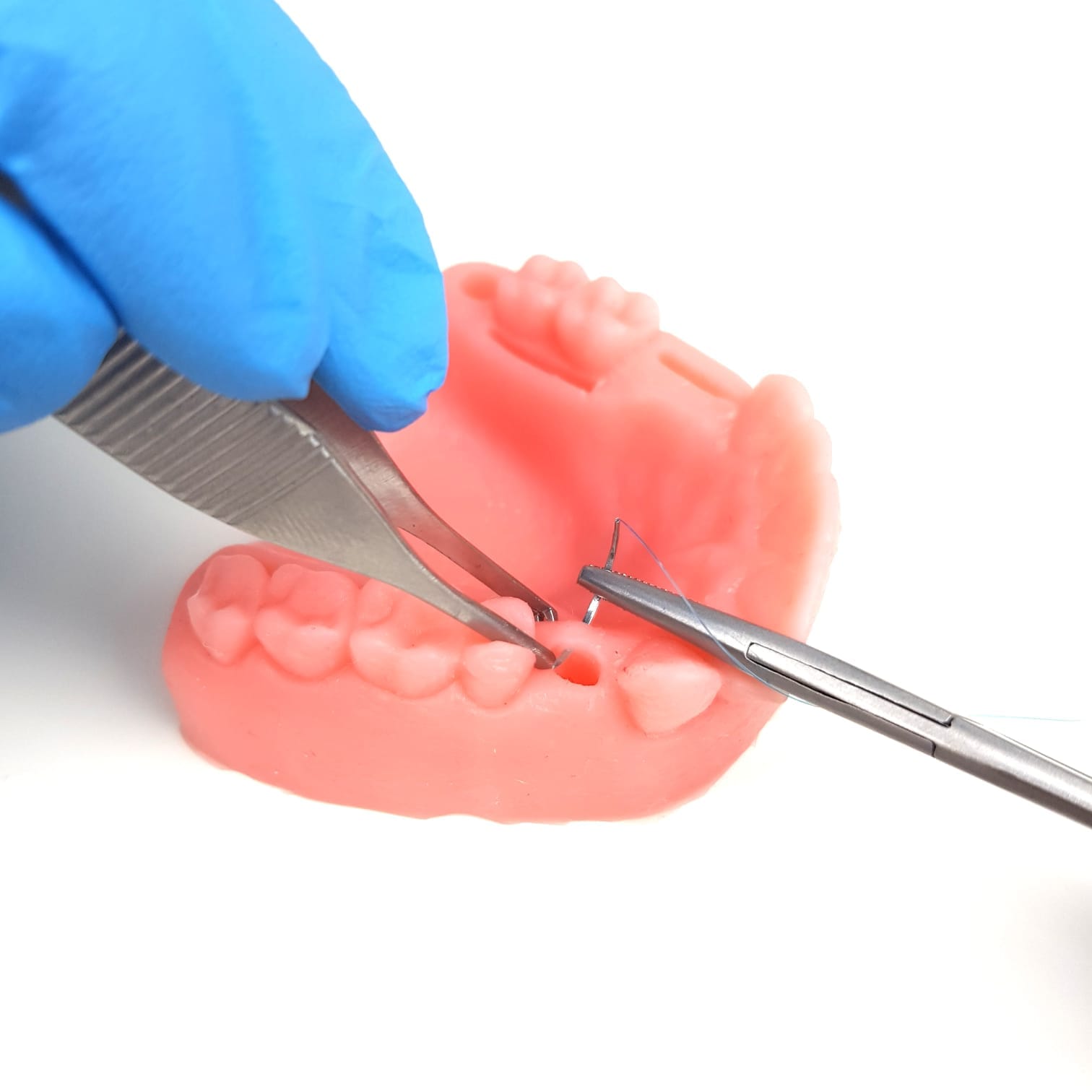When it comes to restoring damaged or missing teeth, restorative dentistry presents a variety of solutions designed to help you regain not just the function but also the beauty of your smile. From fillings and crowns to bridges and dentures, the choices can be overwhelming. In this comprehensive guide, we’ll break down the key factors to consider when selecting the best restorative dentistry procedures tailored to your unique needs.
Understanding the Basics of Dental Restoration
What is Restorative Dentistry?
Restorative dentistry focuses on repairing or replacing damaged, decayed, or missing teeth. The primary goal is to restore both the function and aesthetics of your smile. Here are some common types of dental restorations you might encounter:
- Fillings: Ideal for repairing cavities or minor tooth damage, fillings can be made from various materials such as metal amalgam, composite resin, or ceramic.
- Crowns: These cap-like restorations cover the entire visible portion of a tooth, protecting it from further damage while enhancing its appearance. Crowns can be crafted from metal, porcelain-fused-to-metal, or all-ceramic materials.
- Bridges: Dental bridges replace one or more missing teeth by anchoring artificial teeth to adjacent natural teeth or implants.
- Dentures: For patients missing multiple teeth or an entire arch, dentures offer a removable solution that restores both function and aesthetics.
Choosing the Right Restorative Dentistry Procedure
Consultation with Your Dentist
The journey to selecting the best restorative option begins with a thorough consultation with your dentist. During this appointment, expect a comprehensive examination of your teeth, gums, and overall oral health. Your dentist may take X-rays or digital impressions to gain deeper insights into your dental needs. This initial consultation is crucial for determining the most suitable treatment plan.
Assessing Your Dental Issues and Treatment Goals
Your dentist will evaluate the type and extent of your dental issues—be it decay, damage, or missing teeth. They will also discuss your treatment goals, which may include:
- Improving oral function (chewing and speaking)
- Alleviating pain or sensitivity
- Enhancing the aesthetics of your smile
- Preventing further dental problems
Understanding your specific needs and goals allows your dentist to recommend the most appropriate restorative options.
Factors to Consider: Budget and Oral Health Habits
The Impact of Budget on Your Choices
Restorative dentistry procedures can vary significantly in cost based on factors such as the type of restoration, materials used, and treatment complexity. Openly discussing your budget concerns with your dentist is essential. They can help you balance financial constraints with effective treatment options that prioritize your dental health.
The Role of Oral Hygiene Habits in Treatment Success
Your oral hygiene habits play a pivotal role in ensuring the long-term success of any restorative procedure. Proper brushing, flossing, and regular dental check-ups are vital for maintaining the health of your natural teeth and prolonging the lifespan of your restorations. Your dentist will provide guidance on optimal oral care practices to protect your investment in your smile.
Exploring Common Dental Restoration Types
Fillings: Pros and Cons
Dental fillings are a popular choice for repairing cavities or minor tooth damage. Here are some advantages:
- Minimally invasive procedure
- Relatively affordable
- Can often be completed in a single visit
However, fillings may not be suitable for extensive damage or decay and may need replacement over time.
Crowns: Advantages and Disadvantages
Dental crowns offer a durable solution for protecting and restoring damaged teeth. Benefits include:
- Improved strength and functionality
- Enhanced aesthetics, especially with all-ceramic options
- Versatility in treating various dental issues
Drawbacks include potentially higher costs compared to fillings and the need for multiple dental visits.
Bridges: Considerations for Replacing Missing Teeth
Dental bridges effectively replace one or more missing teeth. Advantages include:
- Restored function and appearance
- Prevention of surrounding teeth shifting
- Durability with proper care
However, bridges require altering adjacent teeth to support the artificial tooth and may be more expensive than other options.
Dentures: Weighing Your Options for Multiple Missing Teeth
For patients missing multiple teeth or an entire arch, dentures provide a removable solution. Benefits include:
- Improved ability to eat and speak
- Enhanced facial appearance and support
- Relatively affordable compared to other options for extensive tooth loss
Disadvantages may involve a learning curve for wearing and caring for dentures as well as potential discomfort or slippage.
Conclusion: Making the Best Choice for Your Smile
Choosing the right restorative dentistry option involves careful consideration of your dental needs, treatment goals, budget, and lifestyle factors. By collaborating closely with your dentist and maintaining excellent oral hygiene habits, you can achieve a healthy, beautiful smile that lasts for years.
Remember that regular dental check-ups and preventive care are essential for catching issues early on—minimizing the need for extensive restorative treatments down the line. Invest in your oral health today for a lifetime filled with confident smiles!
If you have any questions or would like to schedule a consultation to discuss your restorative dentistry options further, please don’t hesitate to reach out to our friendly dental team. We’re here to guide you on your journey toward optimal dental health and a radiant smile!










